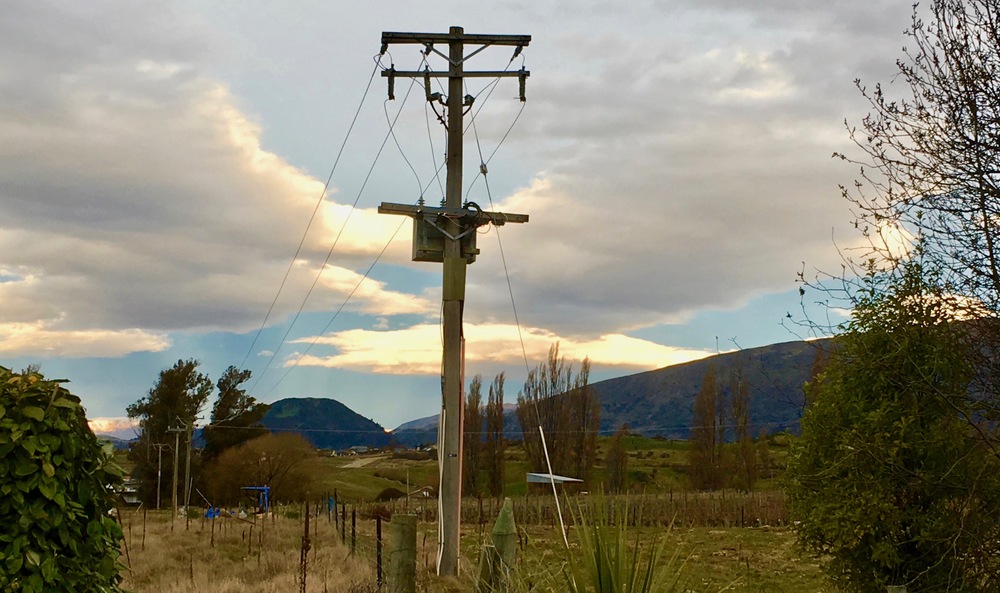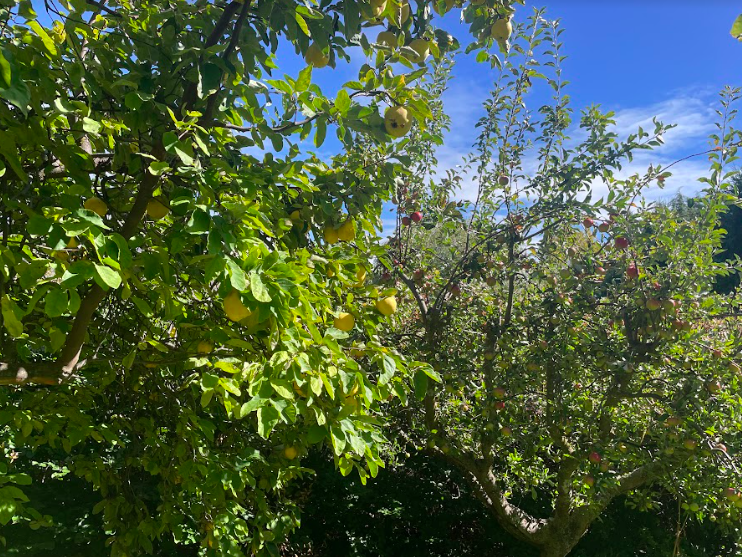Progress on council’s climate and biodiversity plan
Maddy Harker
13 October 2023, 4:06 PM
 QLDC supported the recent Wānaka shuttle trial. PHOTO: Supplied
QLDC supported the recent Wānaka shuttle trial. PHOTO: SuppliedIn the year since the Climate and Biodiversity Plan (CABP) 2022-2025 was adopted, Queenstown Lakes District Council (QLDC) has measured its greenhouse gas emissions, received carbon reduction certification, supported a public transport trial and helped form a food resilience network.
It’s also begun climate adaptation planning, created a new website on climate action and started embedding climate action into council decision making.
QLDC resilience and climate advisor Kirsty Pope said the CABP was adopted in June last year after a climate emergency was declared a few years earlier.
The plan specifies 62 actions; QLDC had completed seven actions from the list and another 56 are in progress, Kirsty said.
The Wānaka App took a look at some of the things council has been working on.
Developing an Emissions Reduction Plan (ERP) for council operations
The final version of an Emissions Reduction Plan (ERP) for council’s operational carbon emissions was signed off in September, Kirsty said.
It evaluates the potential reduction pathways for emissions that would allow the council to achieve its target of a 44 percent reduction against its 2019 baseline.

An emissions reduction plan modelled options like using LPG heating at the district’s pools. PHOTO: Supplied
It modelled opportunities like conversion of LPG heating at the district’s pools, converting the remaining council fleet to battery electric vehicles (BEV), street lighting conversions, solar system installations, and others, Kirsty said.
Measuring greenhouse gas emissions
In May this year a team from Toitū Envirocare audited QLDC’s organisational greenhouse emissions for FY2018-19 (baseline year) and FY2019-20 (year two). (The baseline year was selected as it was prior to the disruption caused by the Covid-19 response.)
“Verified emissions show a decrease in all Category 1 emission sources from the baseline year to year two, with the exception of forestry activities,” Kirsty said.
This is attributed to the harvesting of Coronet Forest, which was undertaken to reduce the seed source of wilding pines and allow the land to be replanted in indigenous vegetation.
That replanting will remove the carbon emissions associated with harvesting over time.
QLDC also received Toitū carbon-reduce certification in July 2023.
To maintain carbon-reduce certification QLDC will be audited on an annual basis.
Embedding climate action and biodiversity into council decision-making
A new project, ‘Taiao’, has been launched to embed climate action and biodiversity considerations into council decision-making.
An initial review of how QLDC currently takes these considerations into account has been completed, and as a result council will be working on developing a biodiversity assessment framework and a biodiversity remediation progress.
Developing new climate and biodiversity plan website
The development of a new website to communicate the progress of the CABP was put on hold due to resourcing constraints, Kirsty said, but a reset of the project plan to launch this site has been completed and work is underway to try to launch by October 18.
The website will allow council to communicate and promote its climate action and biodiversity progress in a “far more effective manner”, Kirsty said.
Supporting public transport initiatives with Upper Clutha community shuttle trial
QLDC helped to fund Wānaka’s most recent public transport shuttle trial, where passengers could travel on an intra-city loop or Wānaka-Hāwea route for just two dollars.
Kirsty said the trial had been well received and interest in the project was high across Otago as it delivered a key commitment in the Regional Public Transport Plan to trial new service models to improve community access to the public transport network.
“The results of the project will be shared with both the Otago Regional Council and the Grow Well Whaiora partnership,” Kirsty said.
Supporting energy resilience and energy use changes
QLDC has advocated for improved energy resilience within the district and recent announcements from Transpower, Aurora, and Powernet for a partnership investment to improve the capacity of power supply into the Whakatipu basin are “a highly important step towards securing the future electricity supply”, Kirsty said.

The council has also made progress on a goal to increase energy resilience in the district. PHOTO: Wānaka App
Council also completed a submission in August on ‘Strengthening the Resilience of New Zealand’s Critical Infrastructure’.
A partnership with Rewiring Aotearoa to help shift to greater energy efficiency within the community and local industry has been initiated, Kirsty said.
“This partnership will allow QLDC to explore innovative efforts to promote electrification and distributed energy solutions within the district.”
Progressing community climate adaptation projects
A Wildfire Working Group has been established to support the mitigation planning for wildfire risk across council reserves.
Progress has begun on public education and risk communication, business cases for vegetation management and investment in environmental monitoring and early warning detection systems.
The project to install environmental monitoring systems around both Ben Lomond Reserve and the Mt Iron Reserve is progressing well, with sensors due to be installed in late October/early November.
Forming a district-wide food network
QLDC is working in partnership with WAO Aotearoa on a food resilience programme that has investigated the vulnerabilities of the local food system and what the opportunities are to improve its resilience to the threat of disruptive shocks and sustained stresses.

It supported the formation of a new food network. PHOTO: Wānaka App
The project has several workstreams including the development of a food system stakeholder register, research into the historical food production and processing capacity of the district, development of a GIS mapping tool that integrates data on climate, and research into global and national food network models that have successfully improved the resilience of local food systems.
Phase two of the project will launch early next year, Kirsty said.






